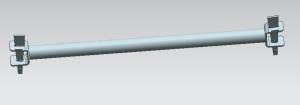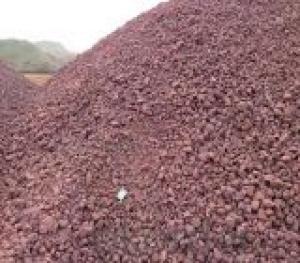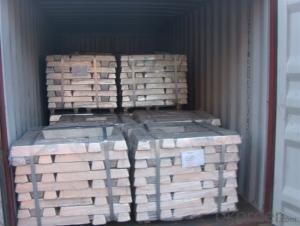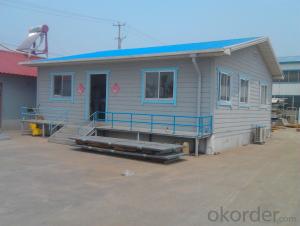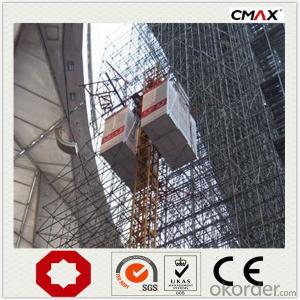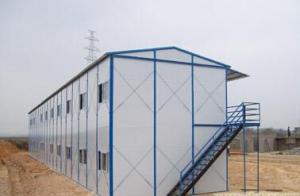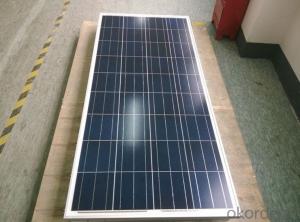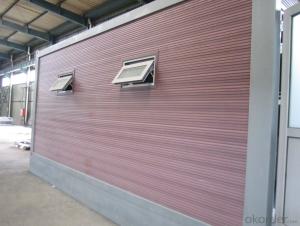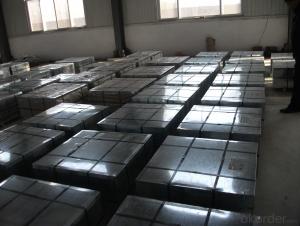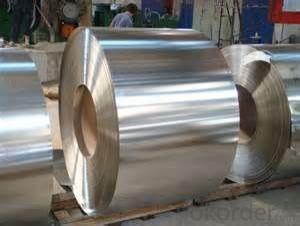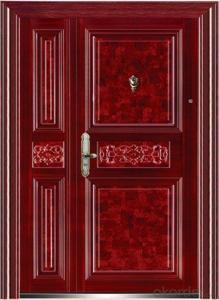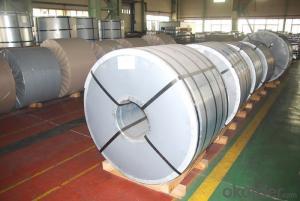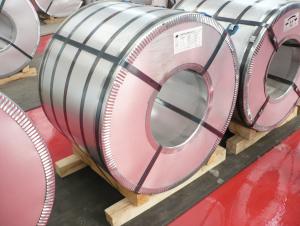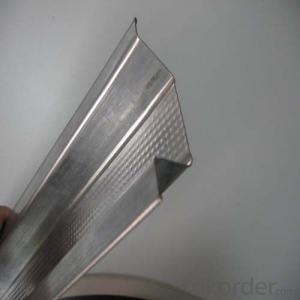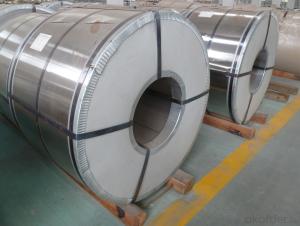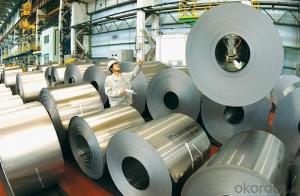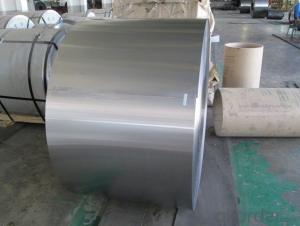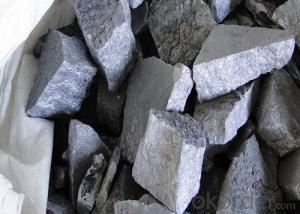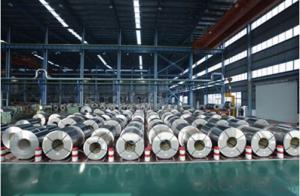South Africa Tinplate
South Africa Tinplate Related Searches
Solar Water Pumps South Africa Greenhouse Plastic Sheeting South Africa Magnesium Alloy Africa Combine Harvester BeltHot Searches
High Mast Lighting Suppliers South Africa South African Coal Price Index Shade Net Prices South Africa Shade Netting Manufacturers South Africa Bulk Lump Charcoal For Sale Lump Coal For Sale High Mast Lighting Suppliers South Africa South African Coal Price Index Shade Net Prices South Africa Shade Netting Manufacturers South Africa Price For Stainless Steel Scrap Scrap Price For Stainless Steel Galvanized Steel Scrap Price Stainless Steel Price Scrap Scrap Price Stainless Steel Price Scrap Stainless Steel Scrap Stainless Steel Price Stainless Steel Scrap Price High Mast Lighting Suppliers South Africa Aluminum Copper Coil Scrap PriceSouth Africa Tinplate Supplier & Manufacturer from China
Okorder.com is a professional South Africa Tinplate supplier & manufacturer, offers integrated one-stop services including real-time quoting and online cargo tracking. We are funded by CNBM Group, a Fortune 500 enterprise and the largest South Africa Tinplate firm in China.Hot Products
FAQ
- Yes, tinplate can be commonly used for industrial containers due to its strength, durability, and resistance to corrosion.
- The typical cost considerations for tinplate packaging include the cost of the raw materials, such as tinplate sheets, coatings, and inks, as well as the cost of manufacturing processes, such as cutting, printing, and shaping. Other factors that can impact costs include the size and complexity of the packaging design, the volume of production, transportation costs, and any additional features or customization required. Additionally, factors like market demand, competition, and economies of scale can also influence the overall cost of tinplate packaging.
- How do you paint the tinplate?
- Chemical stores have sold, elegant light paint, paint and other various patterns. Don't brush, a keg of a nozzle is put it.
- Tinplate is typically coated for automotive components through a process called electrolytic tinning. This involves immersing the tinplate in an electrolyte solution and passing an electric current through it. The electric current causes tin ions from the electrolyte to be deposited onto the surface of the tinplate, creating a thin and uniform tin coating. This coating provides corrosion resistance and enhances the appearance of the automotive components.
- Tinplate contributes to the performance of ammunition by providing a durable and corrosion-resistant outer coating. This protective layer ensures that the ammunition remains intact and functional even under harsh environmental conditions, preventing rust and degradation. Additionally, tinplate's smooth surface facilitates easy loading and extraction of ammunition, enhancing reliability and efficiency during use. Overall, tinplate plays a crucial role in preserving the quality and performance of ammunition, ensuring its effectiveness and safety for users.
- Yes, tinplate can be used for musical instruments. Tinplate is often used in the construction of various musical instruments, such as harmonicas or tambourines, due to its durability, flexibility, and ability to produce unique sounds.
- The main quality standards for tinplate include the thickness and uniformity of the tin coating, adhesion strength between the tin and base metal, absence of surface defects such as scratches or dents, and compliance with specific mechanical and chemical properties required for different applications.
